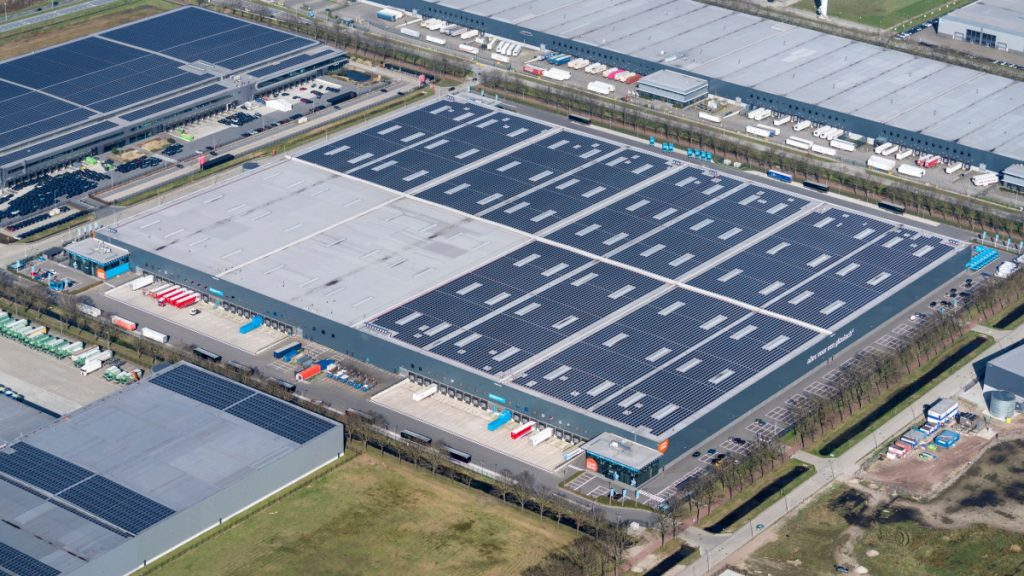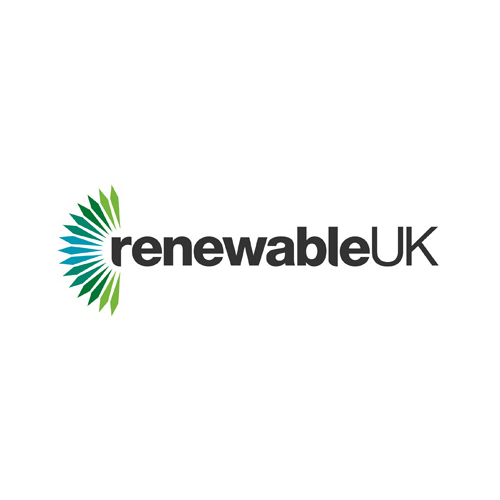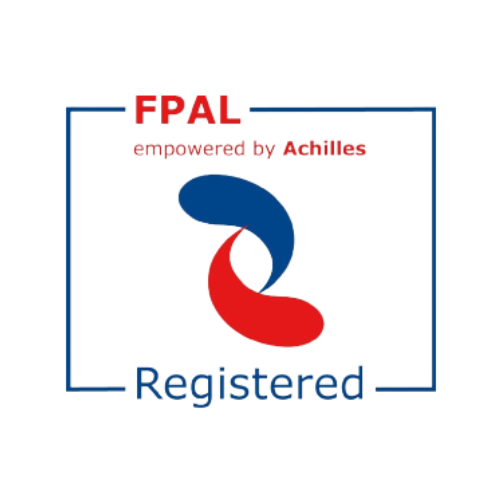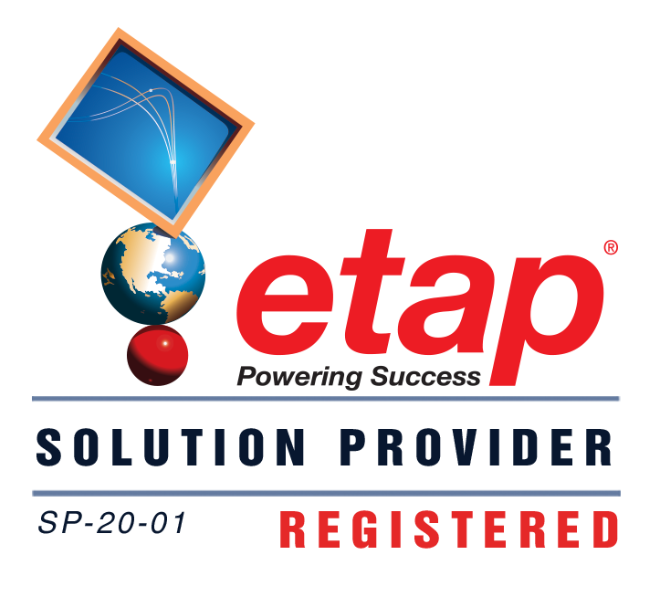As concern about the fragility of the environment soars, energy firms across the world are investing in renewable energy sources to reduce their dependency on fossil fuels. One practice which has become more common is the integration of photovoltaic (PV) power into power grids. Known as solar grid integration, this has important cost and environmental benefits but some significant challenges that need to be overcome.
In this article, we’ll explain the different methods of solar grid integration, its benefits, and the challenges involved in balancing electricity generation and demand.

What is Solar Grid Integration?
There are two main methods of solar grid integration: distributed generation and utility-scale generation.
- Distributed generation: Distributed generation involves the installation of photovoltaic systems on rooftops or small-scale installations. Electricity is generated at, or close to, the point where it is required; for example, the use of PV panels to provide energy for hot water supplies in residential accommodation.
- Utility-scale generation: Utility-scale generation refers to large-scale solar farms that utilise large arrays of photovoltaic panels to capture the energy from the sun and convert it to electricity. Utility-scale generation performs similarly to conventional power plants by supplying energy to many customers.
What are the Benefits of a Solar Power Integration System?
There are many important benefits of a solar PV system:
Lower Costs
The use of solar energy can contribute to a significant reduction in operational costs and energy bills for consumers. Utility-scale installations are more cost-efficient for energy companies in the production and supply of electricity to consumers; for businesses and homeowners, generating electricity on-site using distributed generation means that they rely less on the traditional power grid, thereby reducing their dependence on expensive fossil fuels. At the time of writing this article introducing solar to reduce electricity import from the grid is very beneficial with payback periods of 2 to 3 years or less is not uncommon.
A Positive Environmental Impact
Because solar energy is a clean and renewable energy source, solar grid integration has a positive environmental impact as it reduces greenhouse gas emissions. By transitioning to solar power, energy suppliers and consumers can contribute to a more sustainable future that mitigates the impact of fossil fuels on the environment and helps to slow the worsening problem of climate change.
Increased Grid Capacity and Security
Solar grid integration also enhances grid security and strengthens peak-hour production capacity. As distributed generation enables power to be generated close to where it is required, transmission losses are reduced and overall grid resilience is enhanced. During peak demand periods, solar power can be harnessed effectively to meet energy requirements, reducing the potential for blackouts and other supply problems.
What are the Problems in a Grid-Integrated Solar System?
To gain optimum benefits from solar grid integration, several challenges must be addressed. The intermittent nature of PV power poses a significant challenge for grid operators who must balance electricity generation and demand.
So, what are the technical implications that arise from solar grid integration?
- Voltage fluctuation and regulation: The variable nature of solar power can cause voltage fluctuations on the grid. To ensure a stable supply of electricity, voltage regulation techniques must be implemented.
- Short circuit contribution: Solar PV systems have the potential to contribute to short circuits in the grid. Protective measures, such as appropriate circuit breakers and fault detection systems, must be in place to mitigate the risk.
- Unintentional islanding: Islanding occurs when a photovoltaic system continues to generate power during a grid outage, potentially endangering utility workers. Anti-islanding protection mechanisms are required to detect and disconnect from the grid during such situations.
- Frequency variation and regulation: Solar power injection can affect grid frequency, which needs to be carefully regulated. Frequency control measures are essential to maintain a stable power supply.
- Reactive power requirement: Solar PV systems may require reactive power support from the grid to maintain voltage levels. Proper reactive power compensation equipment must be installed to ensure efficient grid operation.
What Does the Future Hold for Solar Energy Integration?
Solar energy integration in power systems is expected to increase in the near future. Ongoing research and advances in technology will enhance the efficiency and effectiveness of solar grid integration, making it an indispensable component of our energy infrastructure.
Book a Call to Find Out More
EPS does not sell solar system products, or associated with solar manufacturers or carry out installations, instead, we’re a consultancy company that specialises in providing a non-biased view of production and revenue costs, detailed design to meet standards and project management services. To find out more about how our power system studies can support your infrastructure planning, please book a call with our experts or call us on 01642 987240.










